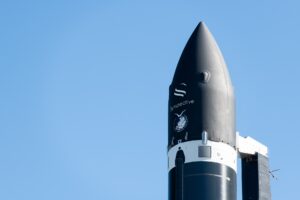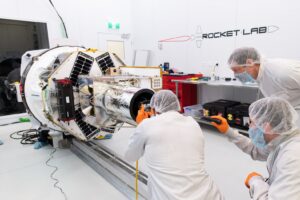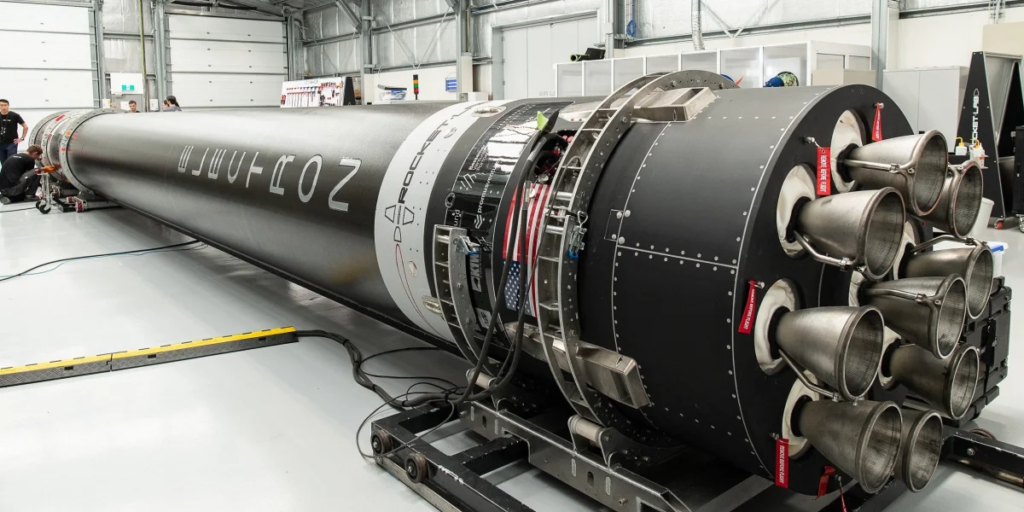
Rocket Lab’s Plan To Compete With SpaceX
Founded in New Zealand in 2006, Rocket Lab has become one of the most significant companies within the space industry. Just four years earlier, SpaceX was founded and is now launching the vast majority of payloads into orbit each year. While the companies have had very different trajectories since then, Rocket Lab has plans to start competing in more ways than one.
The small lift Electron rocket for example now operates at multiple launch sites around the world, is partially reusable, and is launching more frequently than ever before. This comes in addition to the production and development of the Neutron rocket, meant to directly compete with SpaceX’s Falcon 9. Not to mention Rocket Lab’s work outside of launching rockets, with the acquisition of a host of different companies.
All of which brings up the question of how exactly is Rocket Lab progressing and is it even possible for them to compete with SpaceX in the near future. Based on comments from CEO Peter Beck and actual physical developments, it looks like they are very serious about this outlook. Here I will go more in-depth into Rocket Lab’s recent progress, their plans for the future, what to expect in the coming years, and more.
Current Developments
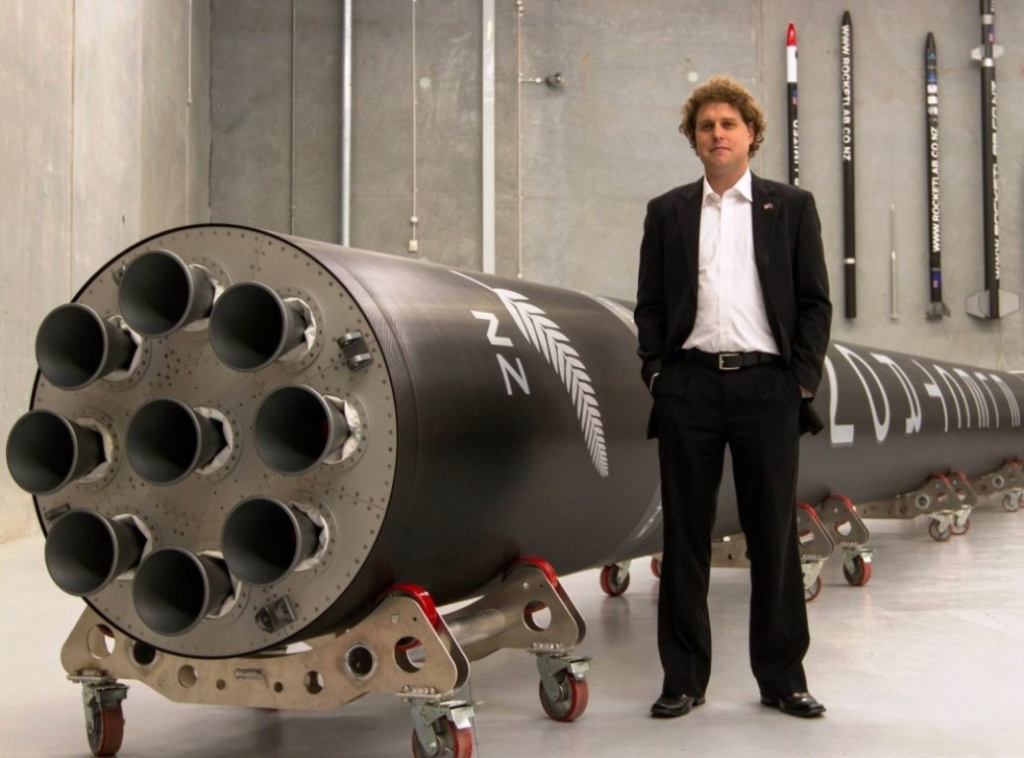
The small lift Electron rocket has become a major part of Rocket Lab’s business over time. Right now they are leaders by a long shot within this specific launch market with no other company coming close. Recently, on March 30th the company tweeted saying, “After a quick trip to space and a perfect splashdown, Electron is back in the factory. Once again the stage took reentry in its stride and the Rutherford engines are in great shape. The next step is to analyze and requalify components to inform our future recovery efforts.” This has to do with the company’s new recovery method for Electron’s booster. If successful, the company will have a very consistent reuse method that will save both money and time, only helping increase launch cadence.
While impressive, the Electron rocket by itself does not quite compete with SpaceX and the capabilities of the Falcon 9 for example. Rocket Lab’s current project however, is aimed at that exact launch vehicle. Rocket Lab is building a much bigger, reusable launch vehicle called Neutron, and it’s targeting a price point near $50 million per launch to challenge SpaceX. “We are positioning Neutron to compete directly with the Falcon 9,” Rocket Lab Chief Financial Officer Adam Spice said just over a week ago, speaking at a Bank of America event in London.
Neutron is Rocket Lab’s medium-lift, reusable launch vehicle in development. Designed to deliver reliable and cost-effective launch for payloads to low Earth orbit and beyond. With a large seven meter fairing and a payload lift capacity of 13 tonnes in a downrange landing configuration, Neutron is designed to be ideal for both constellation deployment and large single spacecraft missions. More specifically, Neutron has a payload capacity ranging from 8 to 15 tons depending on the mission profile. For example, 8 tons to LEO when Neutron returns to the pad, 13 tons when Neutron lands down range, and 15 tons when expendable.
SpaceX advertises a Falcon 9 launch with a $67 million price tag, and Spice says Rocket Lab is aiming to match that on a cost-per-kilogram basis for satellite customers. That means Neutron is targeting a ”$50 million to $55 million launch service cost,” Spice said. He also commented that they expect to reuse each first stage booster “10 to 20 times”, in range with the current reuse performance of a Falcon 9 booster. “We ultimately expect the margins to be in around the 50% range” for Neutron launches, Spice added. He estimated the cost of goods for each Neutron to be at $20 million to $25 million, with “close to half of that” coming from the upper, non-reusable second stage of the rocket.
Because of the unique design of Neutron, a vast majority of it will be reused. Thanks to this ‘Hungry Hippo’ fairing design, the entire second stage will be completely enveloped within Neutron’s first stage structure and fairing during launch. This expendable second stage is designed to be the lightest in history to enable high performance for complex satellite deployments. Typically, a second stage forms part of the launch vehicle’s exterior structure and needs to provide strength to the vehicle from lift-off, exposing it to the harsh environments of the lower atmosphere during launch. By being housed inside the first stage and ‘Hungry Hippo’ fairing, the requirement for the second stage to withstand the launch environment is eliminated and the second stage can be made significantly lighter enabling higher performance in space. Just one design choice attempting to lower cost and make the rocket even more competitive.
It’s also important to point out that the development and possible future of Starship could change a lot as well. Rocket Lab’s Cheif Financial officer even alluded to the idea of SpaceX pivoting away from Falcon 9 operations. In regard to this he said, “We don’t have any hard data on that but certainly, if that was to happen, that’d be an incredibly bullish thing for Neutron.
One Stop Shop
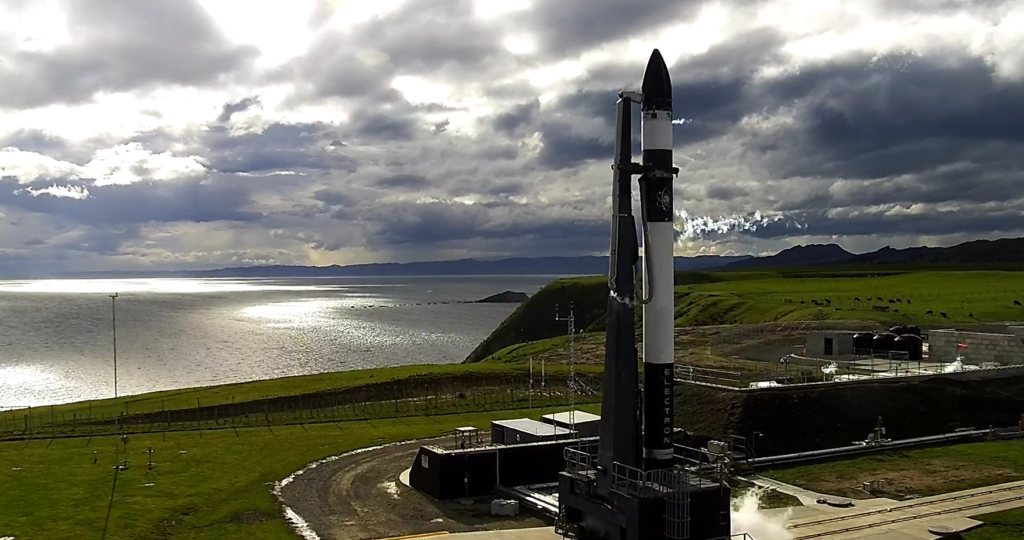
While launching rockets is extremely important and a main source of income for both companies, Rocket Lab is trying to become much more than just that. For years rocket lab CEO Peter Beck has talked about making the company vertically integrated, meaning a one stop shop for the entire space process. In other words, the goal is for Rocket Lab to deliver a comprehensive space solution that spans spacecraft manufacture, satellite subsystems, flight software, ground operations, and launch. While this aspect of their business can be a bit harder to see, if you look closer it becomes very obvious.
Starting years ago in 2020, Rocket Lab closed the transaction to acquire Sinclair Interplanetary, a leading provider of high-quality, flight-proven satellite hardware. The acquisition strengthened the satellite division of Rocket Lab, which produces the Photon spacecraft line. Sinclair Interplanetary products soon became key features of Rocket Lab’s satellite platforms designed for low Earth orbit, lunar, and interplanetary small satellite missions. At the time Peter Beck said, “When we talk to small satellite operators across the board their challenges are clear: They need to get on orbit faster; they need proven and reliable hardware; and they need the ability to focus on their core business, rather than spending years tied up in hardware development. Rocket Lab and Sinclair Interplanetary are uniquely suited to solve these challenges and make space easy for our customers,”
Next in late 2021, Rocket Lab completed the acquisition of Advanced Solutions, Inc. (ASI), a Colorado-based aerospace engineering firm delivering mission proven space software, mission simulation and test systems, and Guidance, Navigation, and Control (GNC) solutions. This specific company developed an industry-leading suite of software and technology solutions for reliable space mission design and operation. Its off-the-shelf spacecraft flight software, MAX, has been operating across more than 45 spacecraft for a cumulative 135 years in space. ASI’s customers include leading aerospace prime contractors, the U.S. Air Force, U.S. DOD organizations, NASA, and commercial spacecraft developers including several of the exciting new space start-ups. Overall ASI’s work in flight software, mission simulation, and GNC significantly strengthened Rocket Lab’s Space Systems portfolio.
Just months later, Rocket Lab closed the previously-announced transaction to acquire Planetary Systems Corporation (PSC), a Maryland-based spacecraft separation systems company. A trusted leader in separation systems and satellite dispensers across the space industry, PSC’s flight-proven, cost-effective, and lightweight hardware streamlines the process of attaching satellites to rockets and releasing them in space while ensuring they’re protected during the journey to orbit. PSC’s products to date have a 100% mission success heritage across more than 100 missions launched with American launch providers including Rocket Lab, SpaceX, United Launch Alliance, Northrop Grumman, and more. In Rocket Lab’s case, PSC’s products have become key offerings in Rocket Lab’s vertically-integrated Space Systems division alongside its own in-house manufactured and operated Photon spacecraft line, Maxwell satellite dispensers, satellite components, and mission flight software by ASI.
Lastly, in early 2022, Rocket Lab acquired SolAreo technology, a supplier of space solar power products and precision aerospace structures for the global aerospace market. As one of only two companies producing high-efficiency, space-grade solar cells in the United States, SolAero’s space solar cells are among the highest performing in the world and support civil space exploration, science, defense and intelligence, and commercial markets. In combining with Rocket Lab, SolAero will tap into the Company’s resources and manufacturing capability to boost high-volume production, making high-performing space power technologies available at scale. In the short period of time since this acquisition, we have already seen these solar panels on a lot of large projects being developed and sent into space. In the grand scheme of things these acquisitions are somewhat small right now but have a lot of great growth opportunities going forward. Even at this relativity small size, more than 38% of addressable launches in 2021 globally featured technology created by companies that are now part of Rocket Lab. That is a very big deal and could make Rocket Lab much more competitive as time goes on.
Conclusion
Rocket Lab is busy working on Electron, Neutron, and becoming a vertically integrated company. While SpaceX right now is dominating the industry with the vast majority of launch, there are a few companies confident in their future. We will have to wait and see how it progresses and the impact it has on the space industry.

